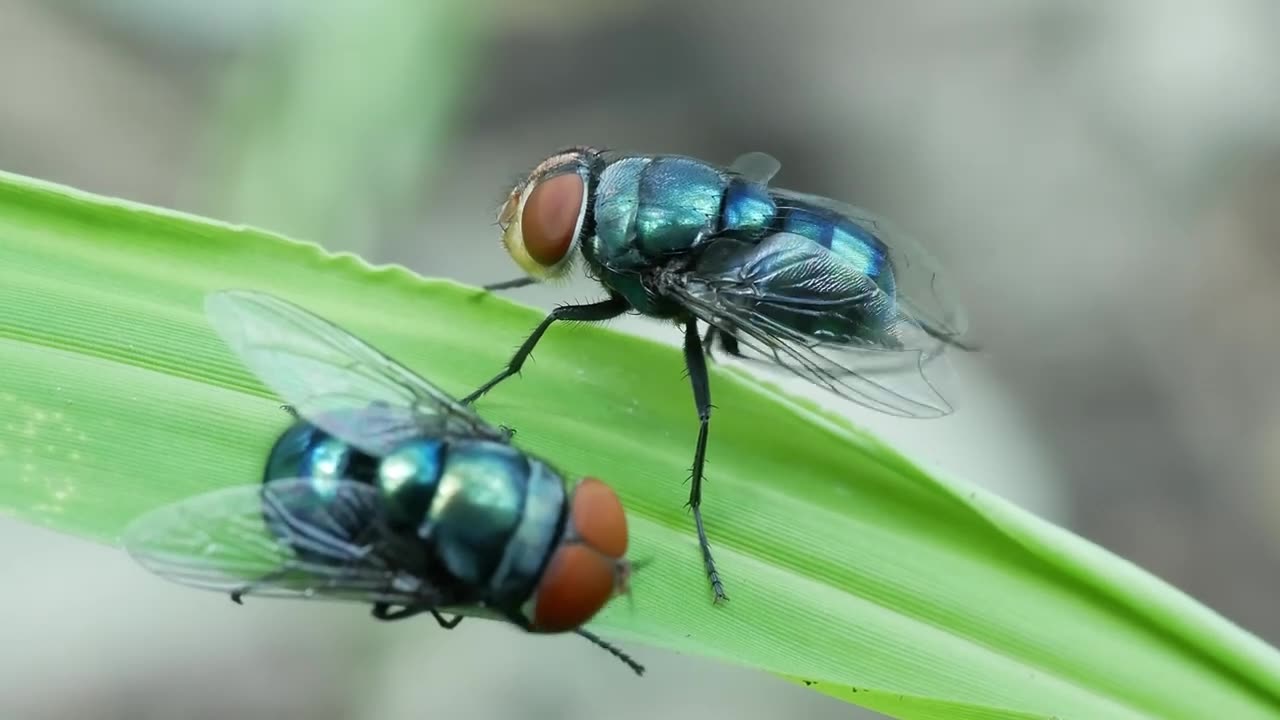Premium Only Content

Behavior of Insects & Small Animals in their Habitat Part 1
Insects and small animals exhibit a variety of unique behaviors in their respective habitats. Many insects, such as ants, bees, and termites, have complex social structures and exhibit cooperative behavior in their colonies. Ants, for example, have a division of labor where different ants perform different tasks such as foraging, caring for the young, and defending the colony.
Other insects, like butterflies and moths, display mating behavior that is specific to their species. For example, male butterflies of certain species engage in courtship rituals to attract females.
Small animals such as rodents, squirrels, and rabbits exhibit territorial behavior and mark their territory with scent markings. They also display parental care by building nests and burrows for their young.
Insects and small animals have adapted their behavior to survive in their respective habitats, and their unique behaviors play an important role in their survival and reproduction.
-
 3:44:06
3:44:06
Rising Rhino
15 hours ago $13.04 earnedWashington Commanders Vs Philadelphia Eagles: NFL NFC Championship LIVE Watch Party
81.5K4 -
 13:00
13:00
Exploring With Nug
9 hours ago $6.28 earnedHe Went To Get A Haircut And Vanished WIthout a Trace!
65.5K3 -
 18:53
18:53
DeVory Darkins
2 days ago $32.28 earnedTrump JUST ENDED Mayor Karen Bass During HEATED Meeting
96.5K219 -
 21:06
21:06
Russell Brand
13 hours agoIT'S COMING
153K493 -
 21:26
21:26
Stephen Gardner
1 day ago🔥What JUST leaked out of Congress must be STOPPED NOW!
143K285 -
 53:25
53:25
tether
11 days agoStability and Freedom in Chaos: The Story of Tether USD₮ | Tether Documentary (USDT)
152K6 -
 56:44
56:44
VSiNLive
2 days agoFollow the Money with Mitch Moss & Pauly Howard | Hour 1
87.6K2 -
 36:50
36:50
Anthony Pompliano
2 days ago $17.10 earnedInvestors Are ALL-IN On Bitcoin
79.1K23 -
 32:19
32:19
SB Mowing
9 days agoA Backyard She’s NEVER Seen – Now Safe for the Kids to Play!
70.3K30 -
![[Day 26] CS Blast bounty baby](https://1a-1791.com/video/fwe2/8a/s8/1/Z/H/j/_/ZHj_w.0kob-small-Day-26-CS-Blast-bounty-baby.jpg) 2:09:11
2:09:11
ggezlol_tv
17 hours ago[Day 26] CS Blast bounty baby
99.8K3